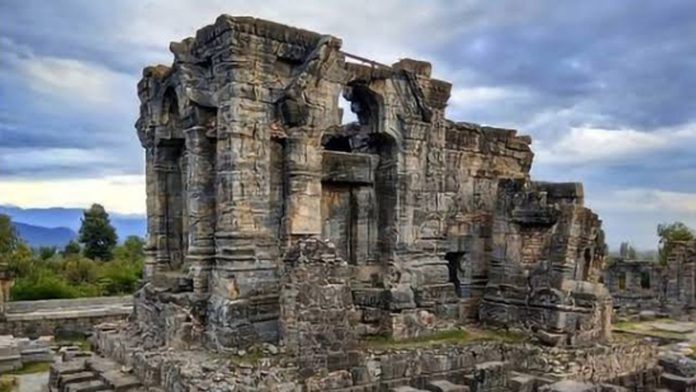The upcoming meeting by the Jammu and Kashmir administration to discuss the protection, conservation, and restoration of the Martand Sun Temple is a welcome step. This 8th-century marvel, a symbol of Kashmir’s ancient spiritual heritage, deserves the utmost care and attention. The oldest Sun Temple of its kind in the country stands as a testament to the artistic brilliance of a bygone era. Its unique architecture, a blend of Kashmiri, Gandharan, Gupta, and Chinese influences, speaks volumes about the cultural exchange and innovation that flourished in the region. Declared a site of national importance and a centrally protected monument, its preservation is not just a local concern, but a national responsibility. It serves as a pilgrimage site for thousands, including Kashmiri Pandits, and its restoration holds deep cultural and emotional value. However, despite its historical significance, the Martand Sun temple has faced the ravages of time and neglect. The efforts to conserve the temple are not merely about restoring stones and structures; they are about reclaiming a piece of Kashmir’s soul, reconnecting with its glorious past, and nurturing a sense of pride and belonging among its inhabitants.
The meeting presents an opportunity for a comprehensive plan. The proposed agenda, which includes discussions on protection, conservation, and restoration strategies, underscores the need for comprehensive and sustainable interventions to ensure the long-term preservation of the temple. Involving the local community in the process is vital. Their knowledge and experience can be invaluable in crafting a sustainable conservation plan. Additionally, promoting the temple as a heritage site can boost cultural tourism and generate revenue for further upkeep. A balanced approach that respects both heritage preservation and religious sentiments has to be adopted. Adequate funding, technical expertise, and community engagement are essential components of any successful conservation endeavour.
Trending Now
E-Paper


